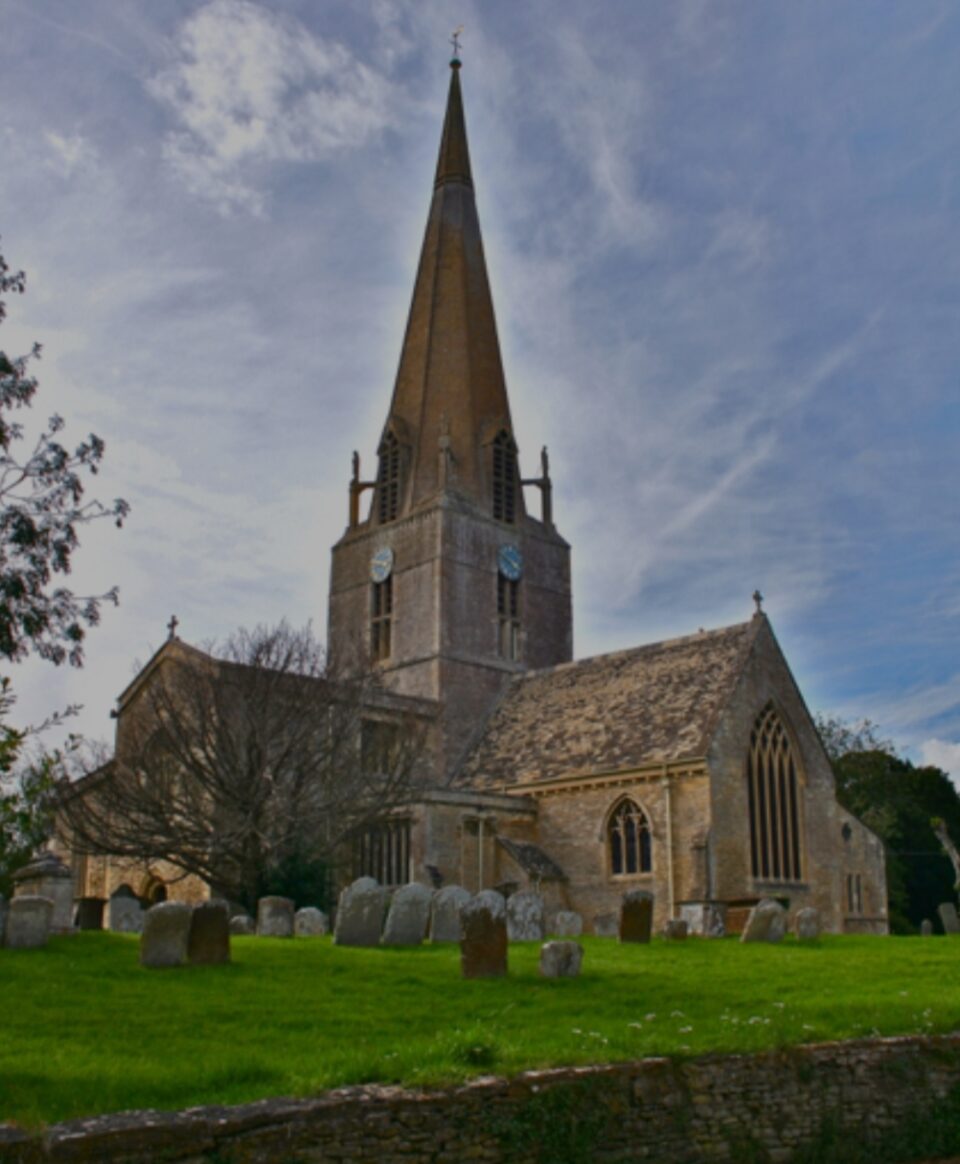
Knowing the past serves to avoid new further collateral damage for the future, remembering the pain and suffering already experienced helps to live the present better and to make the right choices for the future. All together we can build a wall of happiness with bricks of KINDNESS. There is nothing better than explaining life through music, the soundtrack of our existence. In the song Another Brick in The Wall ( mentioned by Lady Carnarvon in one of her fantastic posts ) any tragedy, injustice or abuse can only be “another brick” in a partially existing wall. Then a chorus of protest rises and turns directly against the bullies and the proud who exploit fear as an instrument of control and domination over those who have no power, be it a people, a community or a class of students; fear that forces silence and submission. “Those who decide to organize us into international, religious or ideological groups use fear to control us” (Roger Waters). We must always try to be strong and kind and build with bricks of kindness
No doubt they’ll soon get well; the shock and strain
Have caused their stammering, disconnected talk.
Of course they’re ‘longing to go out again,’—
These boys with old, scared faces, learning to walk.
They’ll soon forget their haunted nights; their cowed
Subjection to the ghosts of friends who died,—
Their dreams that drip with murder; and they’ll be proud
Of glorious war that shatter’d all their pride…
Men who went out to battle, grim and glad;
Children, with eyes that hate you, broken and mad
Poem by SIEGFRIED SASSOON
When Siegfried returned to England in 1917 after being injured his anti-war sentiments reached new heights. So He wrote this poem during his forced stay at Craiglockhart Hospital after his declaration against war.

What does ‘Danny Boy’ mean?
There are varying suggestions as to the true meaning of the Irish ballad.Some interpret it to be a message from a parent to a son, wishing for their return from war. The highest note, which soars up and ends on the final note of ‘come ye back’, evokes a sense of hope, to the chance of meeting again.
But while it might feel like the traditional song of Ireland, the lyrics were written in 1910 by an English lawyer – Frederic Weatherly.A few years after he put pen to paper, Weatherly’s Irish-born sister-in-law sent him the tune ‘Londonderry Air’. The lawyer, captured by the sweeping melody, tweaked his lyrics and set them to the music.
It’s certainly about loss, departure, even death. But crucially, it’s also uplifting – offering us that tantalising hope of a possible reunion with the departed.

